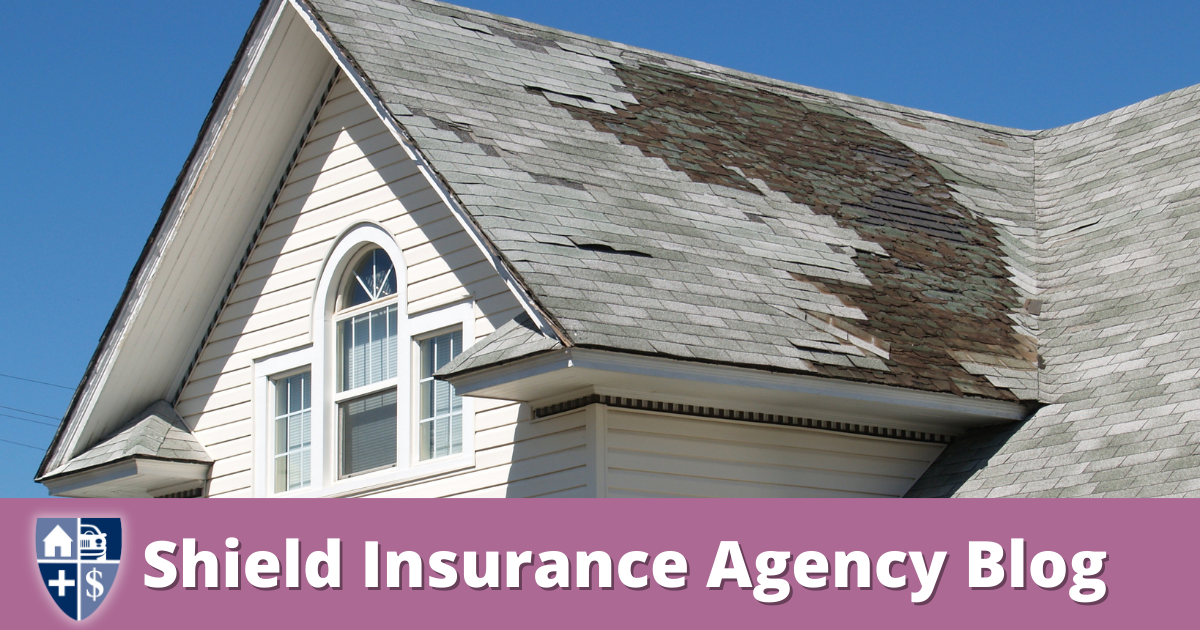
Flood Insurance: Protecting Your Home and Family
Shield Insurance Agency Blog | Flood Insurance | Start a Quote Today!
As a homeowner, you know that your home is one of the most important investments
you will ever make. It is where you and your family live, where you create memories, and
where you feel safe and secure. However, your home is also vulnerable to natural
disasters such as flooding, which can cause significant damage and financial loss. That
is why it is essential to have flood insurance as part of your home insurance policy.
Home Insurance Flooding
Many homeowners assume that their home insurance policy covers flooding, but this is
not always the case. Most standard home insurance policies do not cover flood
damage, which means that if your home is damaged by flooding, you will have to pay for
the repairs out of your own pocket. This can be a significant financial burden, especially
if the damage is extensive.
Rain Storms
Rain storms can cause significant flooding, even in areas that are not considered
high-risk flood zones. It is important to remember that flood insurance covers damage
caused by any type of flooding, not just from rivers and lakes. This means that even if
your home is not located near a body of water, you may still be at risk for flooding during
a rainstorm.
Home Flood Insurance Quote
To protect your home and family from the financial impact of flooding, you need to have
flood insurance. Flood insurance is a separate policy that covers damage caused by
flooding. It is important to note that flood insurance is not included in your standard
home insurance policy, and you will need to purchase it separately.
Home and Flood Insurance
Flood insurance can be purchased as a standalone policy or as an add-on to your
existing home insurance policy. If you live in an area that is prone to flooding, it is
recommended that you purchase flood insurance as an add-on to your home insurance
policy. This will ensure that you have comprehensive coverage for all types of damage,
including flooding.
Homeowners Insurance with Flood Coverage
If you are purchasing a new home, it is important to consider flood insurance as part of
your home insurance policy. Many mortgage lenders require homeowners to have flood
insurance if they live in a high-risk flood zone. Even if you do not live in a high-risk flood
zone, it is still a good idea to have flood insurance to protect your home and family from
unexpected flooding.
Flood Insurance Quote
If you are interested in purchasing flood insurance, it is important to get a quote from a
reputable insurance agency. Shield Insurance Agency represents over 40 insurance
companies, which means that we can provide you with a variety of options for flood
insurance coverage. Our experienced agents can help you find the right policy to meet
your needs and budget.
Protection for Your Family and Home
Flood insurance provides protection for your family and home in the event of a flood. It
can cover damage to your home, personal belongings, and even living expenses if you
are forced to evacuate your home due to flooding. This can provide peace of mind
knowing that you and your family are protected in the event of a natural disaster.
Shield Insurance Agency Represents Over 40 Insurance Companies
At Shield Insurance Agency, we understand the importance of protecting your home and
family from unexpected events such as flooding. That is why we represent over 40
insurance companies, so we can provide you with a variety of options for flood
insurance coverage. Our experienced agents can help you find the right policy to meet
your needs and budget.
Contact Shield Insurance Agency at (616) 896-4600 for a Free Quote Today
If you are interested in purchasing flood insurance, contact Shield Insurance Agency
today for a free quote. Our experienced agents can help you find the right policy to meet
your needs and budget. Protect your home and family from the financial impact of
flooding with flood insurance from Shield Insurance Agency.
Look here for more blogs from Shield Insurance Agency
- What value comes with my renters insurance plan in Michigan?
- Navigating Michigan Auto Insurance: Understanding Collision Coverage
- Russ Cook Runs 385 Marathons In 352 Days, Becomes First Man To Run Entire Length Of Africa
- Life Insurance Demystified: Whole Life vs. Term Life – Which is Right for You?
- Restaurant’s Quest For Mystery ‘ French Fry Girl ‘ Ends In Heartwarming Discovery




























































